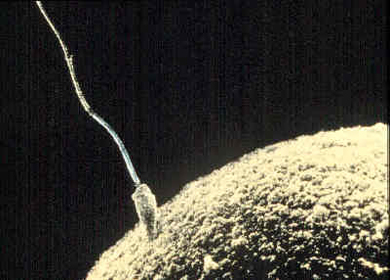How to get pregnant
 Getting pregnant can be the easiest or most frustrating event in your life. All these years you've tried to avoid pregnancy and now you are ready. The first thing to remember is that most of you will get pregnant (85% get pregnant within 12 months of unprotected intercourse). Getting pregnant can be the easiest or most frustrating event in your life. All these years you've tried to avoid pregnancy and now you are ready. The first thing to remember is that most of you will get pregnant (85% get pregnant within 12 months of unprotected intercourse).
Every woman has her own unique cycle. A cycle refers to the number of days between the first day of two consecutive menstrual periods. Regular onset of menses and cessation are indicators to fine health of a woman. In some cases menses may start even a bit earlier or later than a gap of 28 days and may last for less or more than 4-5 days.
It should be borne in mind that all intercourse do not and cannot result In conception. Ideal time for conception is believed to be after one week of menses and before one week of next menses. Life of eggs is said to be 3-4 days at the most or 24 hours on the lower side. There are countless eggs which fertilise and travel, via fallopian tubes to the uterus, but only one of such eggs is able to establish contact with the male sperm and rest of which, are destroyed. If, however, the sperm fails to meet the ovum, no conception can take place. Another time for conception is most likely to take place within 3-4 days of end of the monthly menstrual period. If husband and wife conjugate during this period, there are brighter chances for the woman to conceive.
A lady should keep a chart of her menstrual cycles and know fully well when her monthly period has ended. If no menstruation takes place at the designated time after cohabitation, it is a sign of pregnancy. If there is presence of clear mucus at the neck of uterus and there is increase in flow of such mucus (which serves to help facilitate travel of ova from the cervix, neck of uterus), it is a clear sign that the lady's ovum is ready to establish contact with its male counterpart (that is sperm). So, discharge of clear mucus from the vagina during menses is a clear indication of presence of ova in the uterus. At the height of simultaneous orgasm and ejaculation, both the mating partners help in the process of conception-when male sperm meets the female ovum.
The expected date of delivery (EDD)
The delivery is expected to take place nine months and seven days from the first day of the menstruation preceding the conception or the Last Menstrual Period (LMP). |
